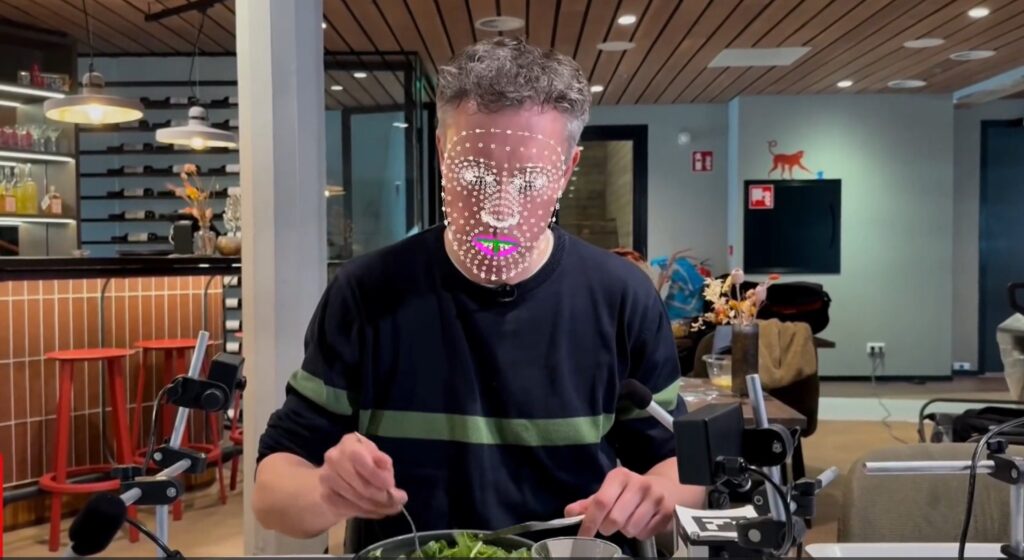Researcher Guido Camps and his colleagues conducted a dining experiment in —a three-course dinner where every bite was closely monitored by AI. “We still don’t fully understand how people decide how much to eat or why they stop eating.”
Trays equipped with pressure sensors measured the weight of the food, while cameras observed both the plates and the diners. Microphones recorded the atmosphere, tracking how much was spoken and how much was eaten.
“You can conduct measurements in a lab, but that doesn’t always reflect what happens in real-life situations,” says Guido Camps, Researcher at WUR and part of the EWUU AI-hub team. “With this experiment, we aimed to recreate a dining experience as naturally as possible.”
These kinds of experiments can be valuable for people who struggle with eating. “We still don’t fully understand how people decide how much to eat or why they stop eating,” Camps explains. “Many factors influence our eating behavior. For example, research has shown that people tend to eat more when dining with family and friends compared to eating alone. Some people overeat, while others don’t consume enough—such as elderly individuals or patients recovering from surgery.”
Camps adds: “The better we understand eating behavior, the more effectively we can make adjustments to help people eat more or less, depending on their needs.”
And this is what it looks like:
